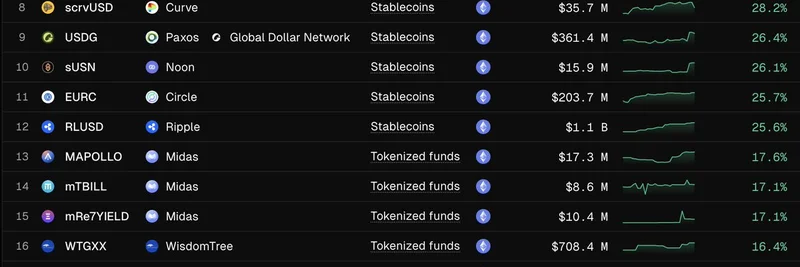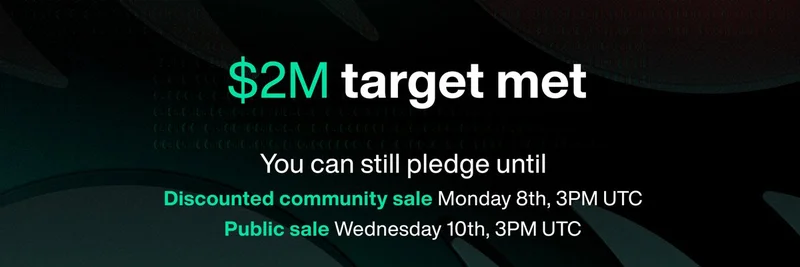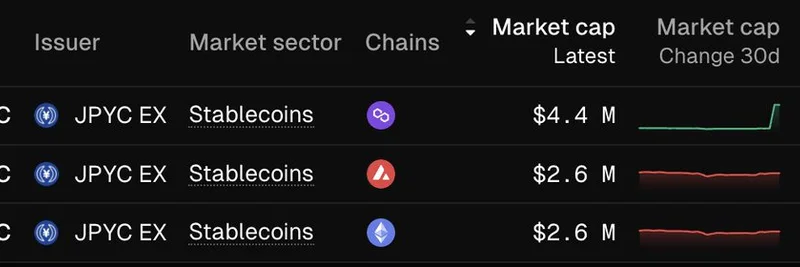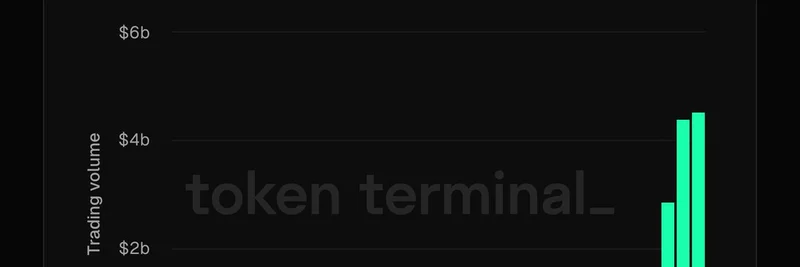In the ever-evolving world of blockchain, where traditional finance (often called TradFi) is increasingly dipping its toes into Web3 waters, reliable infrastructure is key. That's the core message from Chainlink co-founder Sergey Nazarov in a recent clip from the "When Shift Happens" podcast, hosted by Kevin. Nazarov doesn't mince words: when big institutions step into crypto, they need something they can trust implicitly.
The Bold Comparison: More Than Just AWS
Nazarov takes the analogy beyond comparing Chainlink to Amazon Web Services (AWS), a common go-to for cloud infrastructure. Instead, he bundles it with Microsoft, Linux, and even TCP/IP—the foundational protocol of the internet. Why this mashup? Because Chainlink isn't a single product; it's a comprehensive ecosystem that's everywhere, reliable, and designed to interconnect seamlessly.
Think of it this way: Microsoft provides the operating system that runs on countless devices, Linux offers open-source flexibility powering servers worldwide, and TCP/IP ensures data flows reliably across networks. Chainlink mirrors this by delivering a suite of open standards for critical Web3 needs like real-time data feeds (oracles), cross-chain communication, and secure identity verification. These aren't isolated tools—they work in harmony, creating a robust foundation for decentralized applications.
Network Effects: The Compounding Power
One of the standout points Nazarov makes is the network effect baked into Chainlink. In simple terms, a network effect happens when a product or service becomes more valuable as more people use it—think Facebook or Uber. For Chainlink, every new adopter, whether a DeFi protocol or a major bank, adds layers of value to the entire system.
This compounding effect is crucial for institutions. TradFi players aren't just looking for flashy tech; they want proven, scalable solutions that minimize risk. Chainlink's standards, like its Cross-Chain Interoperability Protocol (CCIP), enable secure asset transfers across blockchains, making it easier for traditional assets to enter the crypto space. As more entities plug in, the ecosystem grows stronger, more secure, and more efficient.
Why This Matters for Blockchain Practitioners
For those deep in the blockchain trenches—developers, traders, or even meme token enthusiasts—understanding Chainlink's role is a game-changer. Meme tokens often thrive in DeFi environments, where accurate price data and cross-chain functionality can make or break a project. Chainlink's oracles power many of these protocols, ensuring fair pricing and reducing manipulation risks. As TradFi integrates, expect more liquidity and stability, which could supercharge meme token innovation.
This perspective aligns with broader crypto adoption trends. Institutions like BlackRock or JPMorgan are already exploring tokenized assets, and reliable infrastructure like Chainlink is what makes that possible without the headaches of building everything from scratch.
Catch the Full Episode
The full podcast episode featuring Sergey Nazarov is dropping this week on the "When Shift Happens" platform. If you're keen on diving deeper into how Web3 is shifting gears, this is a must-watch. Check out the original tweet for the clip and stay tuned for more insights.
In a space as dynamic as crypto, staying informed on infrastructure like Chainlink isn't just helpful—it's essential for navigating the next wave of adoption. What do you think—will Chainlink become the default standard for TradFi in Web3? Drop your thoughts below!




